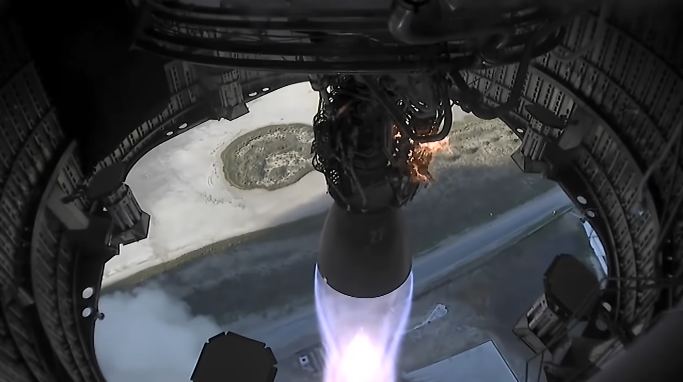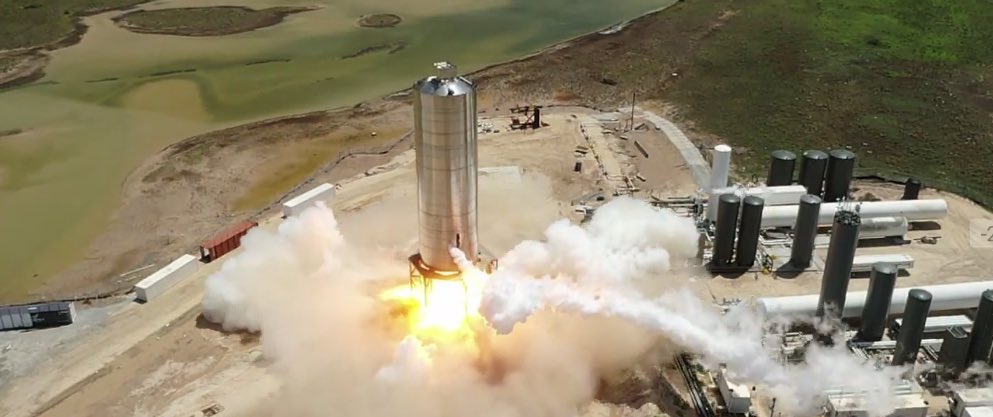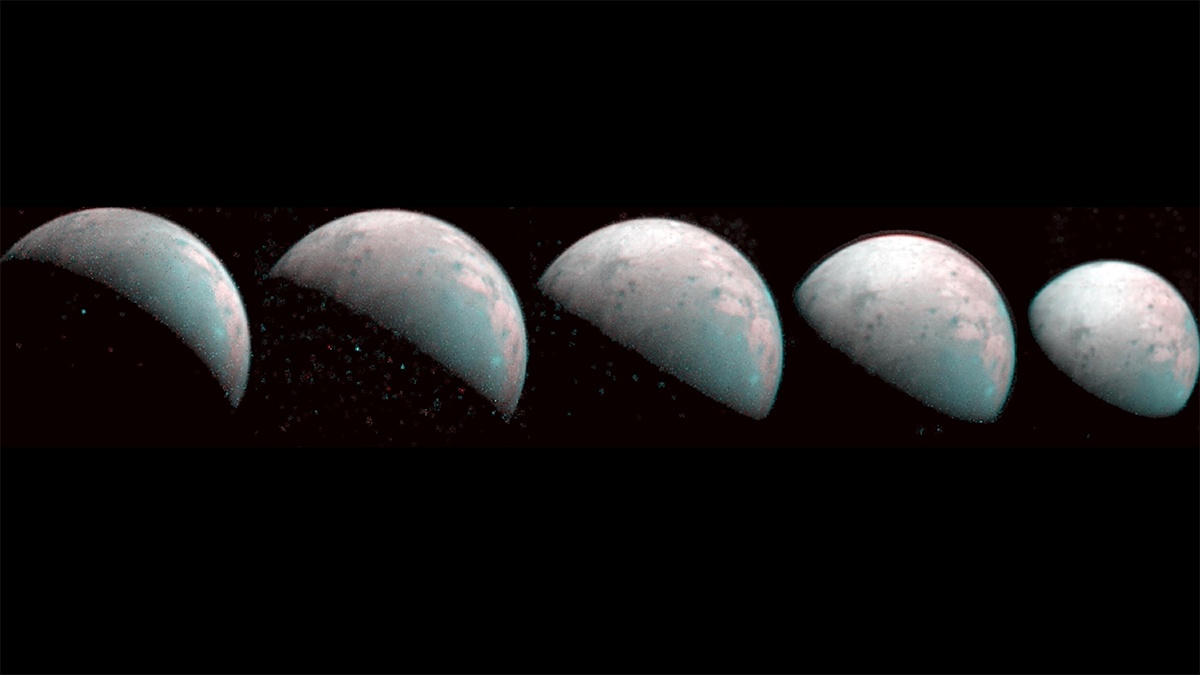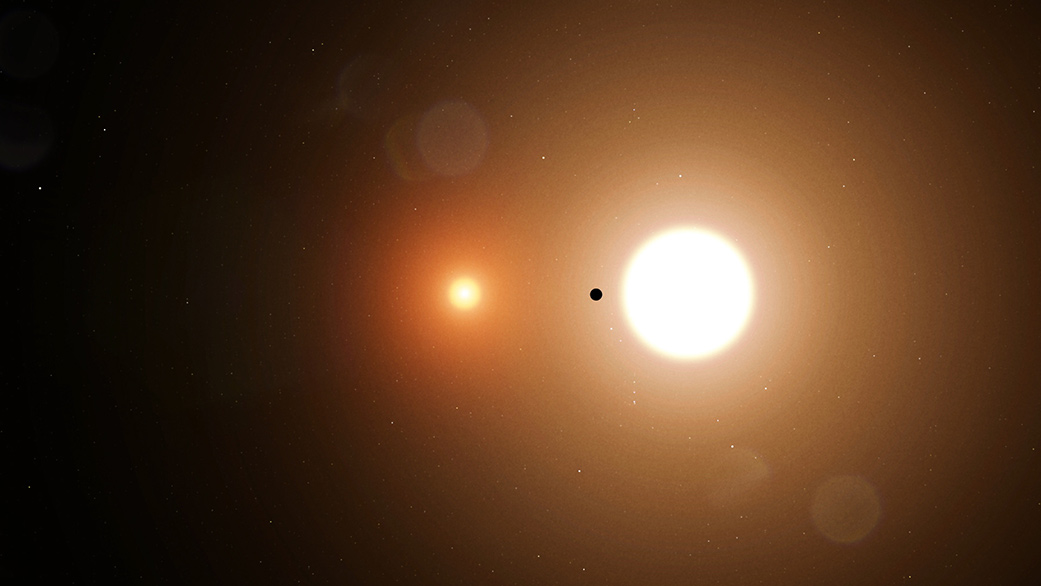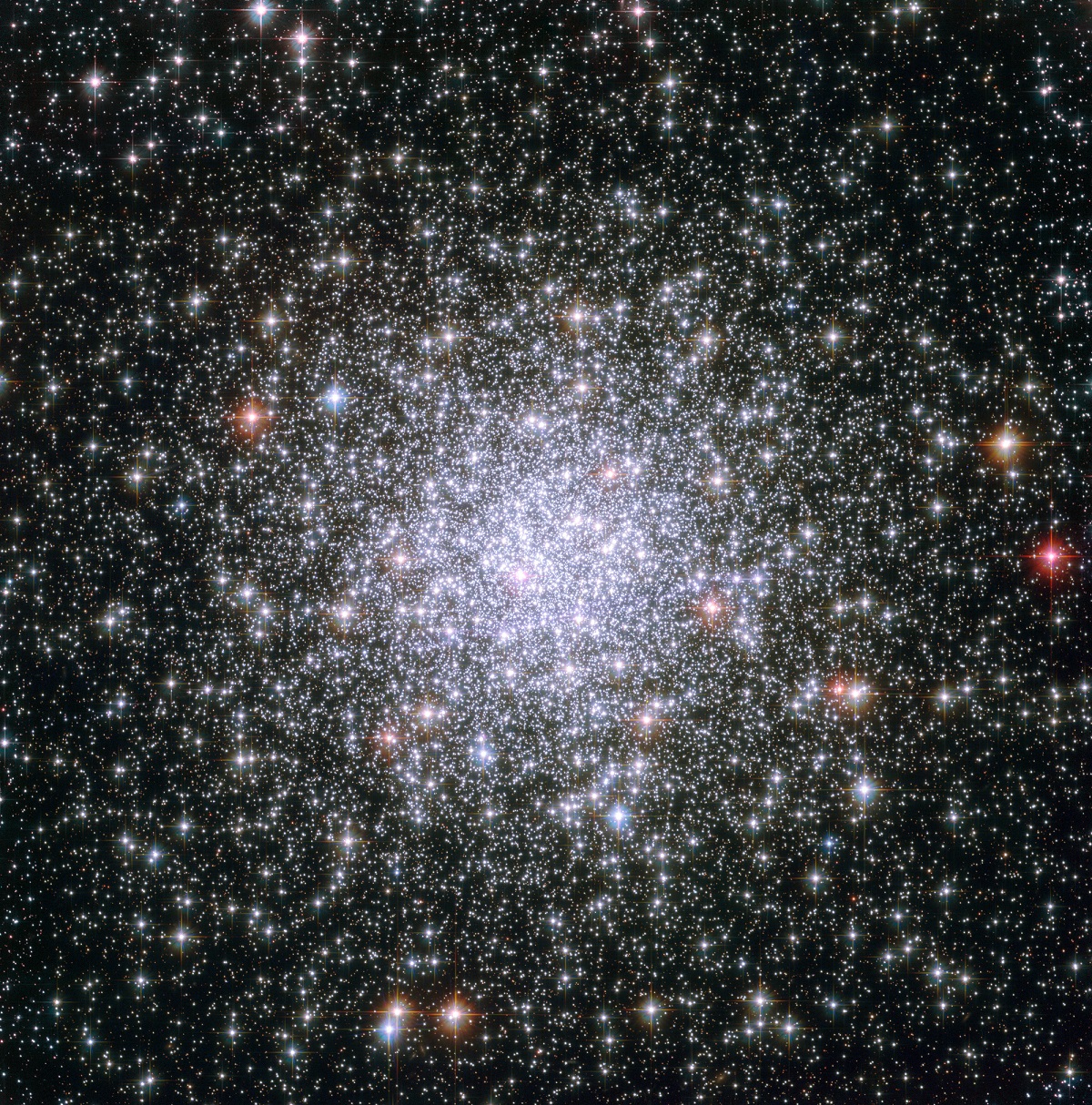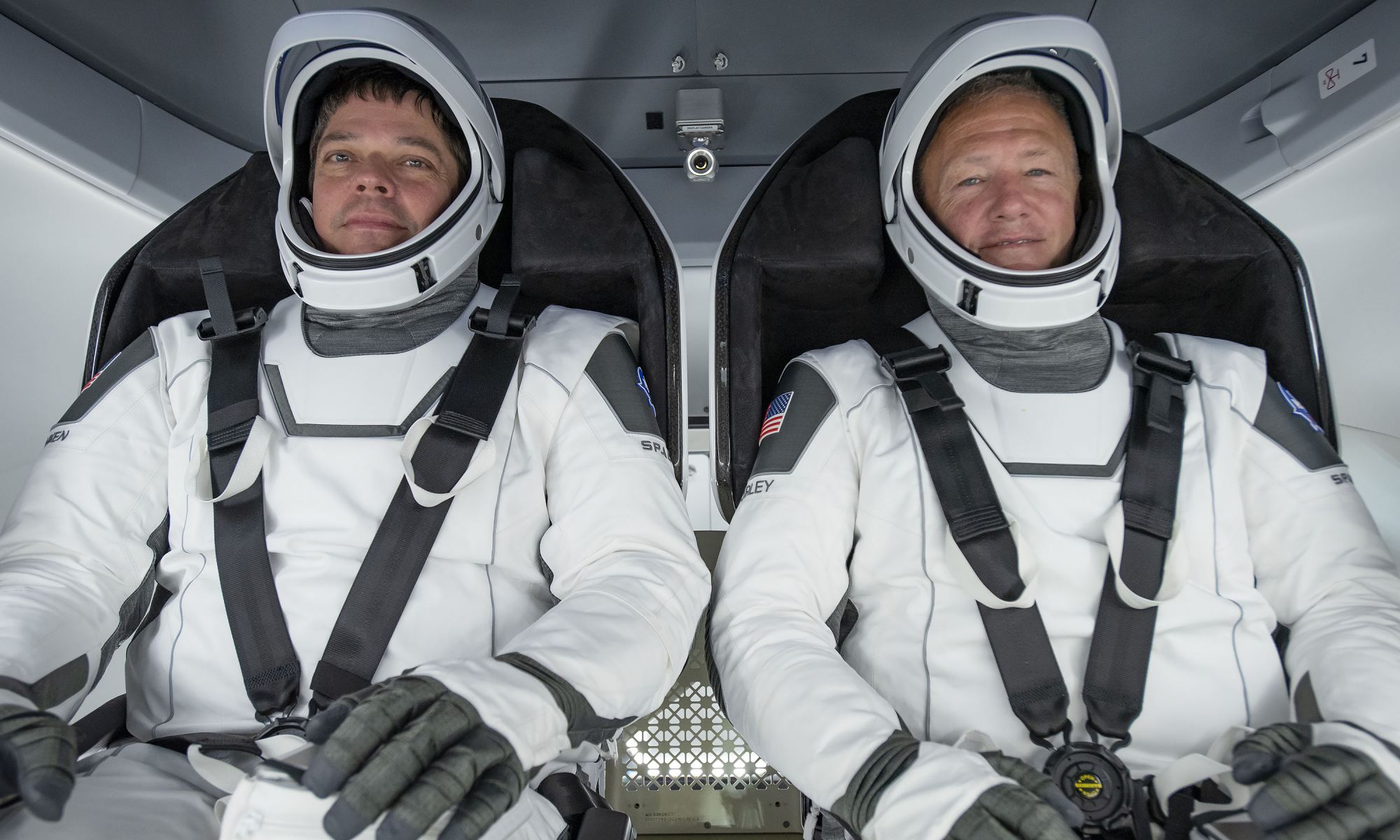On Sunday, August 2nd, astronauts Robert Behnken and Douglas Hurley splashed down with their Crew Dragon spacecraft (Endeavour) in the Gulf of Mexico. This brought their historic mission (Demo-2) to a close and marked the beginning of a new era in space exploration. For the first time in almost ten years, astronauts bound for the ISS had been launched from American soil – effectively restoring domestic launch capability to the US.
Continue reading “NASA Astronauts are Back on Earth After a Successful Crew Dragon Splashdown”NASA Astronauts are Back on Earth After a Successful Crew Dragon Splashdown


